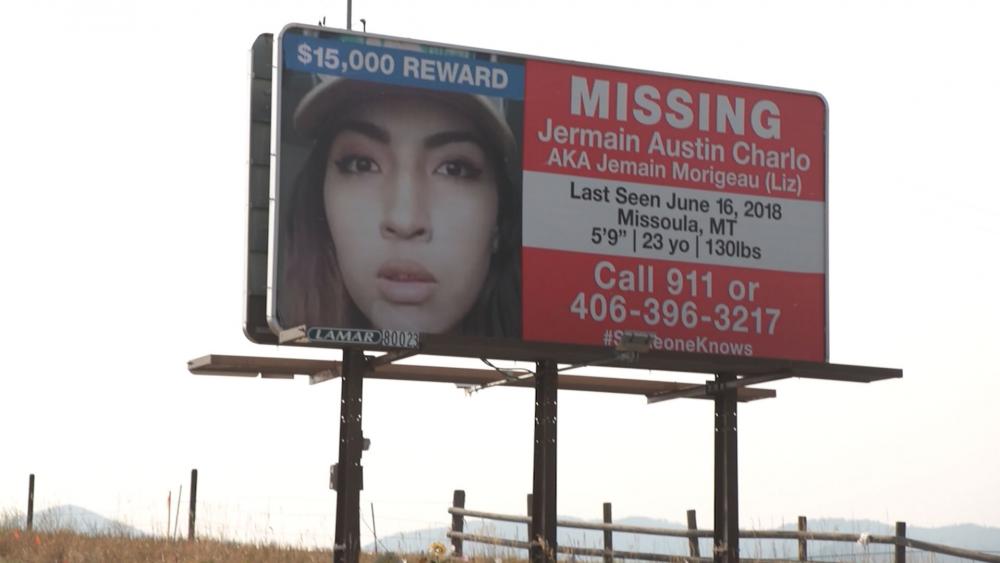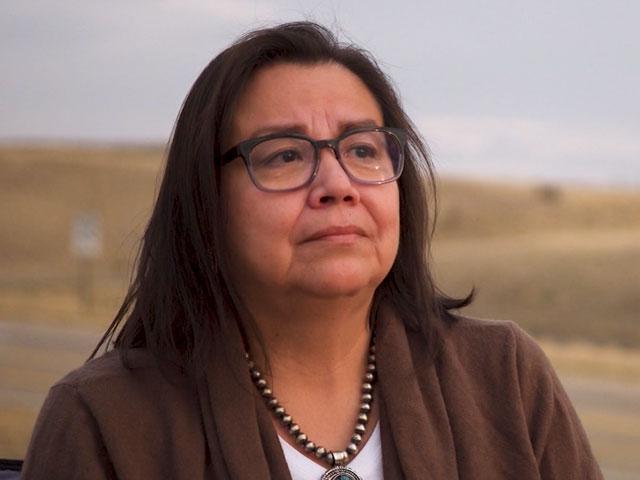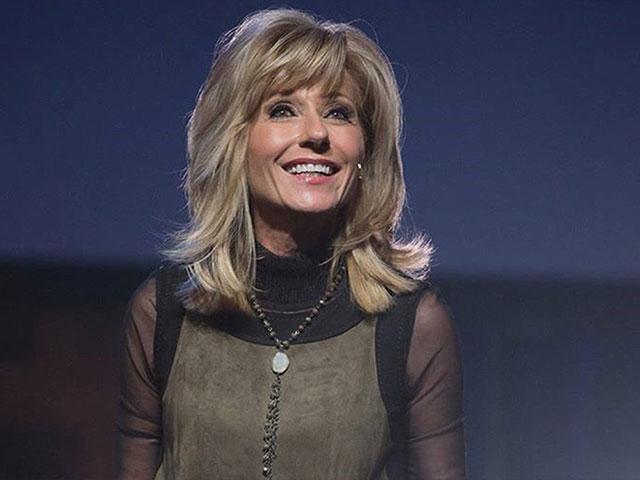It's a tragedy at an epidemic level, although you rarely see it making headlines. We're talking about the alarming number of missing and murdered Indigenous women in the U.S. CBN News traveled to Montana to hear from those facing this crisis and what they're doing to stop the trend.
A Tearful Plea
In the remote windswept town of Browning, on the Blackfeet Reservation, tribal members grieve the disappearance of Ashley Loring HeavyRunner. The young Native American woman was 20-years-old when she went missing in June of 2017.
One member of the Blackfeet Nation, who asked to remain anonymous, helped organize a petition drive on behalf of Ashley and offered a tearful plea.
"Ashley, if you're out there, please call us; call somebody, please. Thank you," she said, overcome with emotion.
CBN News reached out to the Salt Lake City FBI, which now oversees the case, for an update on the investigation. A spokesperson said because the case is "active and ongoing," she's not able to "provide any details."
MMIP
Tragically, Ashley's case is just one of many in a crisis known as "MMIP", which stands for "Missing and Murdered Indigenous Persons."
"Really a day doesn't go by that I don't think about Jermain Charlo," Det. Guy Baker with the Missoula Police Department told CBN News.
Baker is assigned to Charlo's disappearance. He said he doesn't believe she is still alive.
"Her pattern of life was deviated on that early morning hour of June 16, 2018, and no one's heard from her," he explained. "So she had two little boys that I don't think she would have walked away from."
Twenty-three years old at the time, the young mother is a member of the Confederated Salish and Kootenai Tribes. She has now become a prominent face in the Missing and Murdered Indigenous Persons epidemic.
An Epidemic of Violence
"She's one that when I'm helping to raise awareness and speak to this issue, I mention her a lot because she's, she's home for us, being a CSKT member, and even though she went missing in the county next door, she's one of our people," shared CSKT Councilwoman Ellie Bundy.
According to the Indian Law Resource Center, in the U.S., more than four in five American Indian and Alaska Native women have experienced violence. In addition, the organization reports that Indigenous women are murdered at more than 10 times the national average on some reservations.
"Everybody is aware that if we aren't vigilant our people could disappear because they have been disappearing," said Patrick Matt, Jr., the CSKT Families First Project Director.
And this isn't limited to Montana. The Urban Indian Health Institute reported that in 2016 alone, there were more than 5,700 reports of missing American Indian and Alaska Native women and girls.
A Range of Causes
The causes of the crisis are numerous.
"There is a connection to trafficking, human trafficking, to the drugs, to cartels, to domestic violence, which can be in our own communities; mental health issues, abuse," Bundy told CBN News. "It can be a lot of things, runaways."
Other concerns include lack of law enforcement and breakdowns in coordination between the agencies servicing reservations.
"Even today, as we're speaking we only have four officers to patrol this huge area which is equal to Connecticut in size," explained State Rep. Sharon Stewart Peregoy (D-MT; House District 42) about the Crow Reservation.
Not Forgotten
So what is being done to address the MMIP crisis? One way is a Tribal Community Response Plan. The Confederated Salish and Kootenai Tribes became the first in the nation to develop this coordinated effort, which addresses active missing persons cases.
Gov. Greg Gianforte (R-MT) told CBN News that legislation is becoming a key weapon in the fight.
"We expanded coordination between law enforcement on the reservations with local law enforcement, so that we can work better collaboratively to improve the situation," he said.
On the federal level, both Presidents Trump and Biden signed executive orders to confront the crisis.
Back in Browning, Montana, on the Blackfeet Reservation, Drew Landry designed a higher-tech way that tribes could be more involved.
"It's a database and a reporting portal for families on reservations," he explained to CBN News.
A common Native American saying goes, "When an Indigenous woman goes missing, she goes missing twice – first her body vanishes and then her story."
As the Missing and Murdered Indigenous Persons epidemic gains more attention, advocates hope their work brings about closure and lets loved ones know they are not forgotten.
***Please sign up for CBN Newsletters and download the CBN News app to ensure you keep receiving the latest news from a distinctly Christian perspective.***
Did you know?
God is everywhere—even in the news. That’s why we view every news story through the lens of faith. We are committed to delivering quality independent Christian journalism you can trust. But it takes a lot of hard work, time, and money to do what we do. Help us continue to be a voice for truth in the media by supporting CBN News for as little as $1.












 Support CBN News
Support CBN News










